Heysham and St Patrick
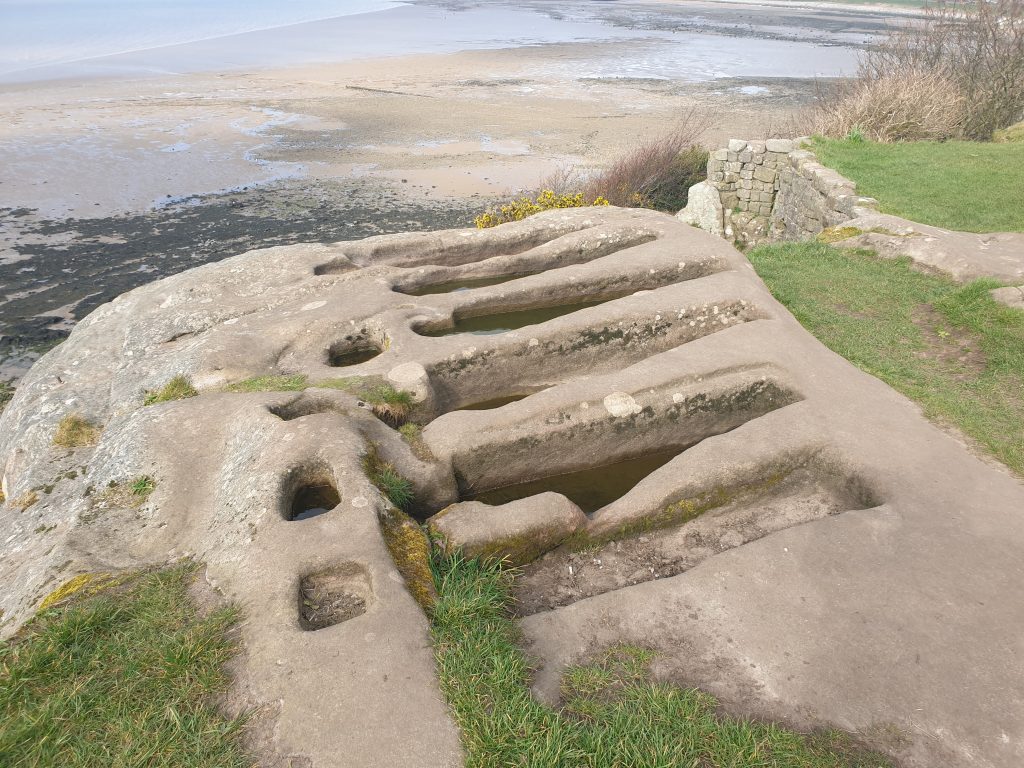
The British Isles are filled with holy places that should be places of pilgrimage for Coptic Orthodox Christians living and worshipping among them. The Church in the British Isles was Orthodox-Catholic from the beginning, and the saints of these islands are our own saints, Orthodox-Catholic saints. We must honour and venerate them, seek their intercession on our behalf, if we wish to prosper as the Church of Christ in the places sanctified by their own service and obedience to God over a thousand years.
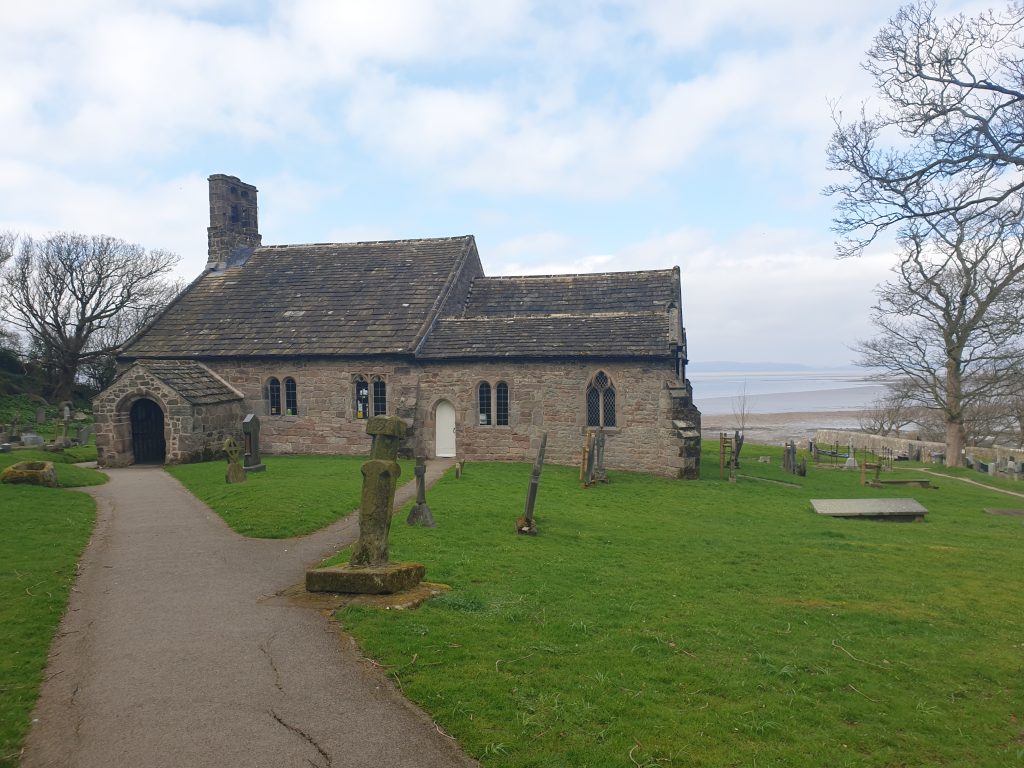
Our Coptic Orthodox Synaxarium commemorates the name of St Aristobulus, the first bishop among the British people. There are hundreds and thousands of Orthodox-Catholic saints who followed him, and their holy remains and connections with so many places in the British Isles are a living reminder of the Orthodox heritage in which we find ourselves, and that in the beginning, and for a thousand years, the British Isles were also Orthodox-Catholic in every way.
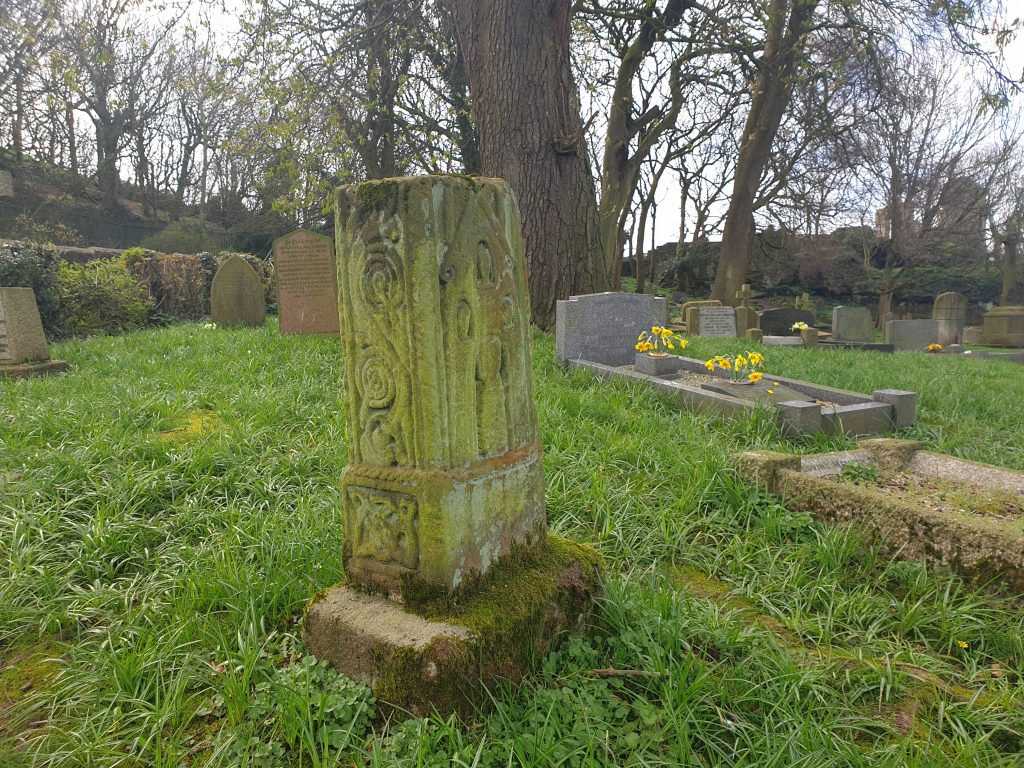
This series of posts will describe some of the places we can visit in countryside and towns around us, which have a connection with these Orthodox-Catholic saints who deserve our respect, veneration and honour. In this first post I consider the little village of Heysham. It is found on the North-East coast of England, just a couple of miles West of the city of Lancaster on Morecambe Bay. It is a 75 minute drive North, up the M6, from the Coptic Orthodox Church of St Mary and St Cyril in Liverpool, and from the Coptic Orthodox Church of St Mary and St Mina in Stockport. Heysham is important because it was here that St Patrick was shipwrecked and came ashore when he had escaped slavery in Ireland by the grace of God. St Patrick was born into an Orthodox-Catholic Christian family in the late 4th century. We have two short writings from his own hand which give some information about his life, and other writings produced in the centuries after his blessed repose which add further information. His father was the Orthodox-Catholic Deacon Calpornius, and his grandfather the Orthodox-Catholic priest Potitus. He lived somewhere on the coast in North-East England. When he was 16 years of age he was captured by Irish pirates, and enslaved in Ireland. He writes himself saying…
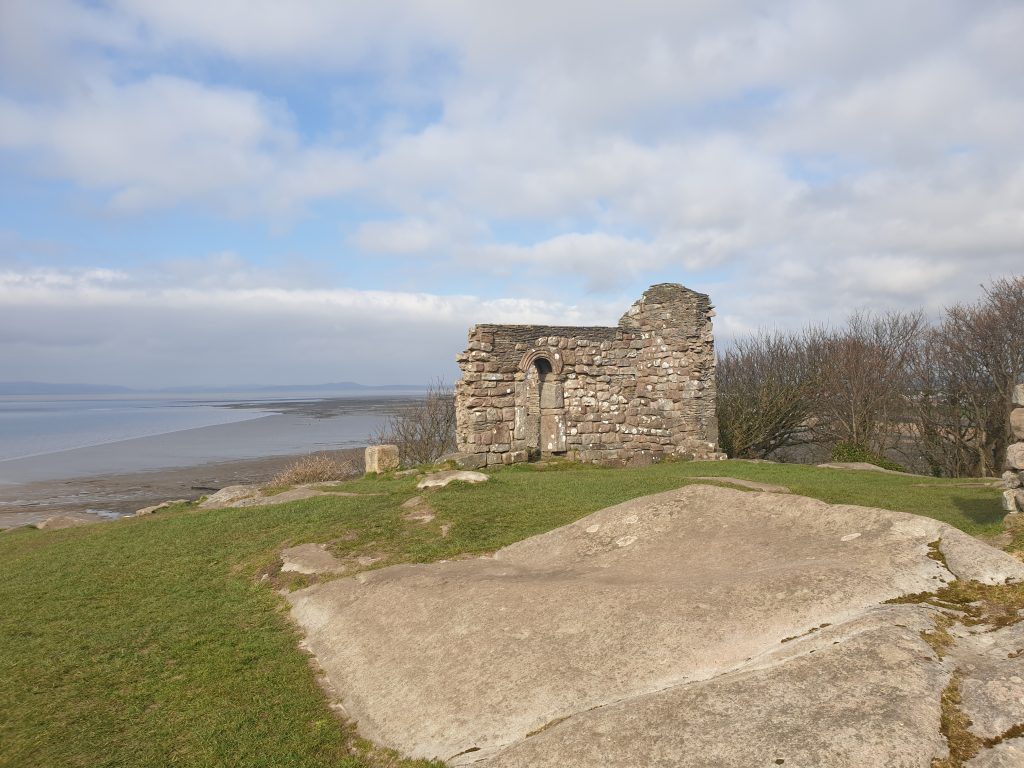
My name is Patrick. I am a sinner, a simple country person, and the least of all believers. I am looked down upon by many. My father was Calpornius. He was a deacon; his father was Potitus, a priest, who lived at Bannavem Taburniae. His home was near there, and that is where I was taken prisoner. I was about sixteen at the time.
He was one of thousands of Orthodox-Catholic Christians taken captive at that time. But it was a turning point in his life, because he had not become truly a Christian in his heart, and this experience in the mercy of God led him to faith. He says…
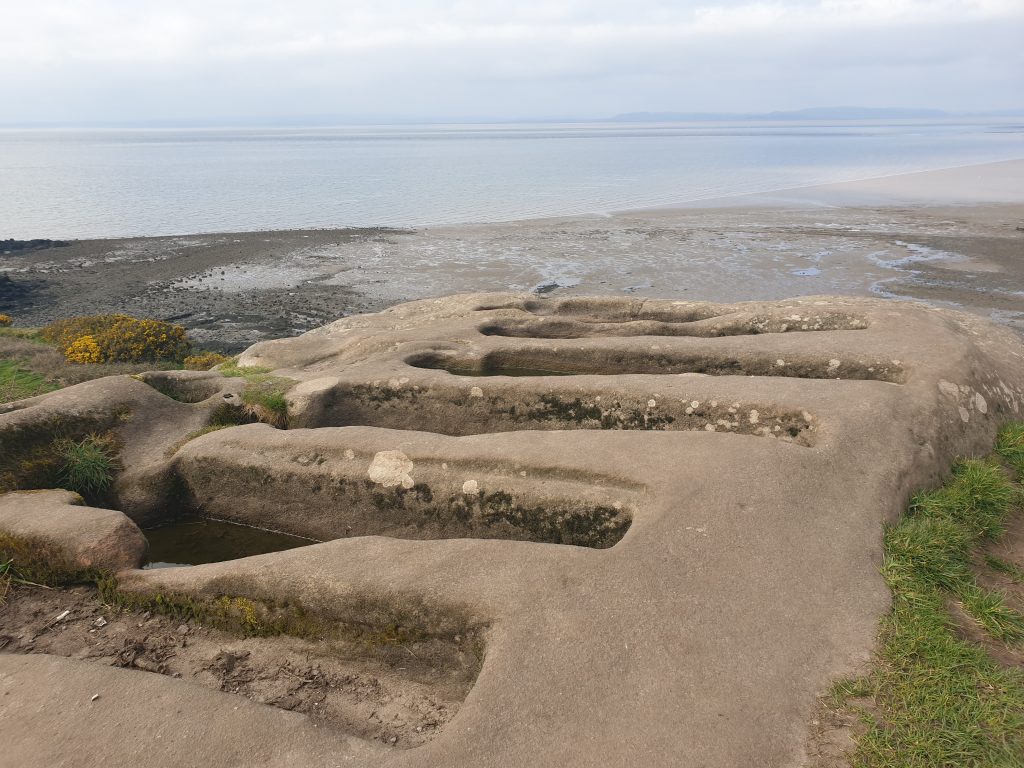
It was there that the Lord opened up my awareness of my lack of faith. Even though it came about late, I recognised my failings. So I turned with all my heart to the Lord my God, and he looked down on my lowliness and had mercy on my youthful ignorance. He guarded me before I knew him, and before I came to wisdom and could distinguish between good and evil. He protected me and consoled me as a father does for his son.
For six years he was held in this captivity, and it gave him the opportunity to grow in the knowledge and grace of God. He describes how his spiritual life developed in intensity saying…
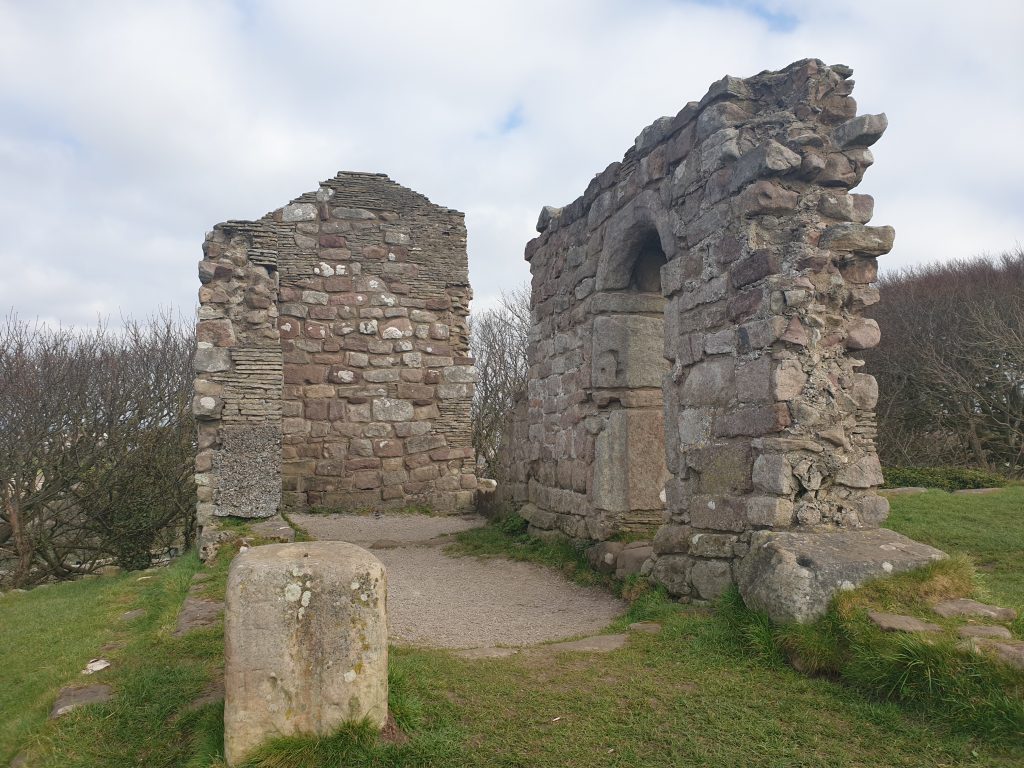
After I arrived in Ireland, I tended sheep every day, and I prayed frequently during the day. More and more the love of God increased, and my sense of awe before God. Faith grew, and my spirit was moved, so that in one day I would pray up to one hundred times, and at night perhaps the same. I even remained in the woods and on the mountain, and I would rise to pray before dawn in snow and ice and rain. I never felt the worse for it, and I never felt lazy – as I realise now, the spirit was burning in me at that time.
We must remember that this was a youth of only 16 years, who grew into such an experience before he was 22 years old, being prepared by God for a life of service. After 6 years of slavery God called him in a dream to leave his master and head to the Irish coast, where he would find a ship that would carry him to freedom and safety.
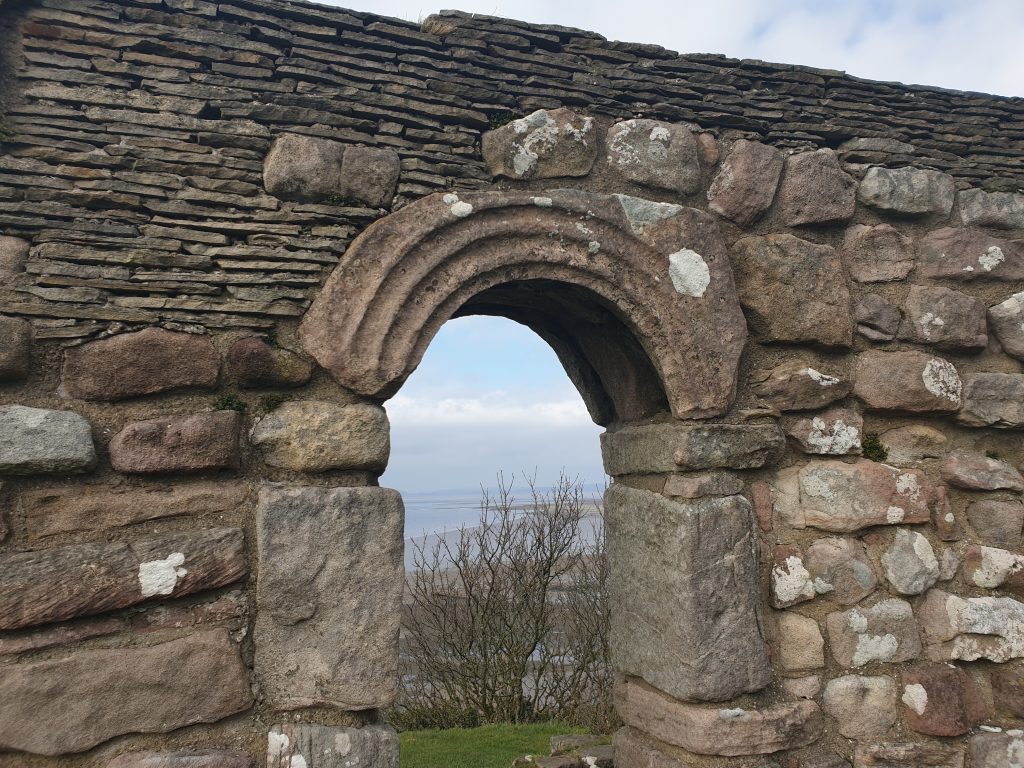
One night in my sleep that I heard a voice saying to me: “You have fasted well. Very soon you will return to your native country.” Again after a short while, I heard a someone saying to me: “Look – your ship is ready.”
Three days after setting sail on the ship he discovered waiting at the Irish coast he found himself shipwrecked on the shores of England, here at Heysham. His life continues, and I will describe it elsewhere, but briefly, it is enough to say that under the guidance of God he was trained in the monastic life and became a bishop and returned to Ireland where he evangelised the pagan people and established Orthodox-Catholic Christianity firmly as the faith of the people.
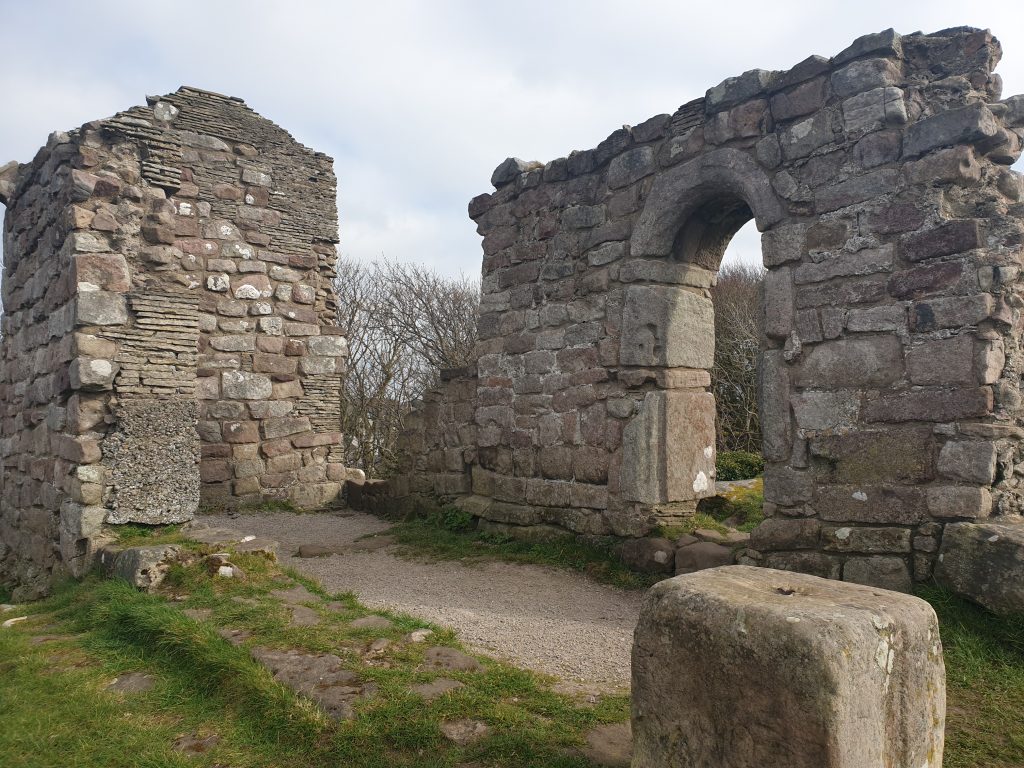
Here at Heysham, on a headland above a wide shore, there are the remains of both the ancient St Patrick’s Chapel, and the ancient Church of St Peter. The Church of St Peter dates from the 7th century, and although it continued to be extended and developed over the centuries it still contains Anglo-Saxon elements from before 1000 AD. In the churchyard is the base of an Orthodox-Catholic Anglo-Saxon stone cross, and an archway that belonged to the ancient church and which was reconstructed in the churchyard during building work in the 19th century.
St Patrick’s Chapel, representing the place where St Patrick returned to England after his capture and enslavement, is now a ruin. It is small building which was increased in size during a second building phase. It served as the chapel for a cemetery in which up to 80 local Orthodox-Catholic Christians were buried. The first building was erected as early as the late 6th century.
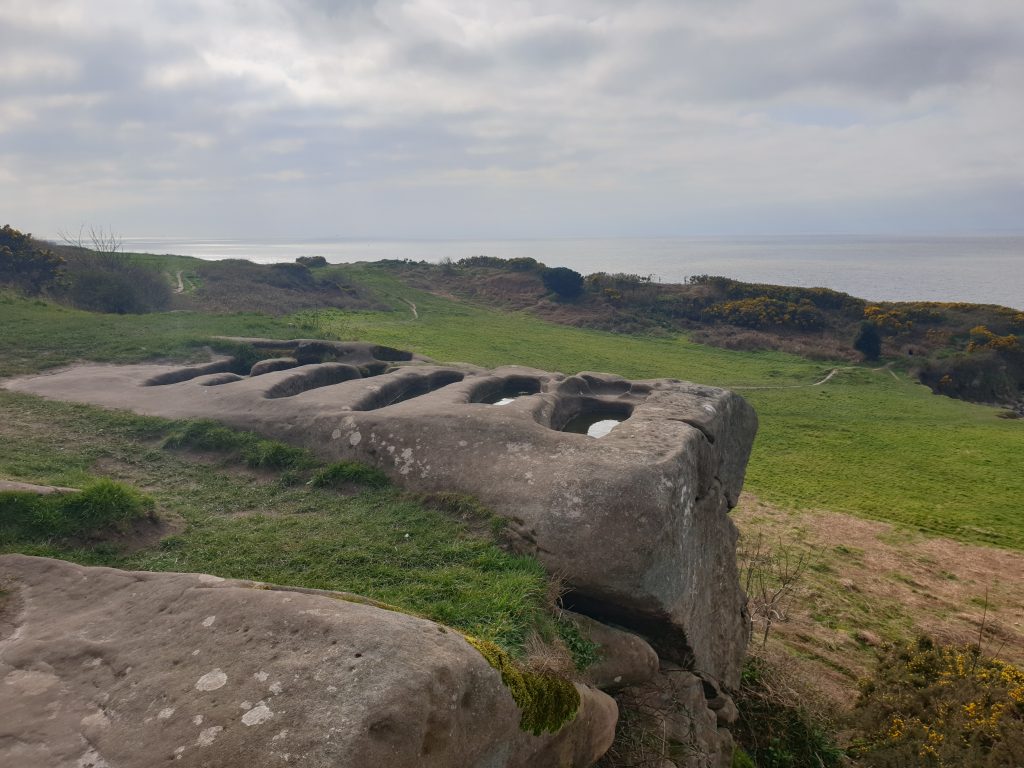
Of special interest are a series of graves cut into the rock just outside St Patrick’s chapel. Associated with each one is a hole cut into the rock to support a cross or grave marker. These would have taken a great deal of effort to produce, and are in the most important location on the site. They are not quite large enough for an adult body, but might have been used for the bones of very significant people, even local saints.
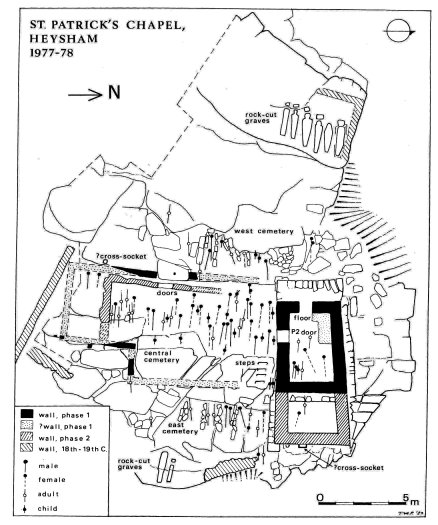
Standing on this headland, close to the sacred remains of St Patrick’s Chapel, we are among so many visible and invisible graves of Orthodox-Catholic Christians who lived and worshipped here, from up to 1400 years ago. It is easy to imagine a ship driven ashore on the beach below, and St Patrick offering prayer on this very spot, returning to his homeland after an exile of 6 years. Years which had changed him and transformed him, preparing him for a life of service in the Gospel.
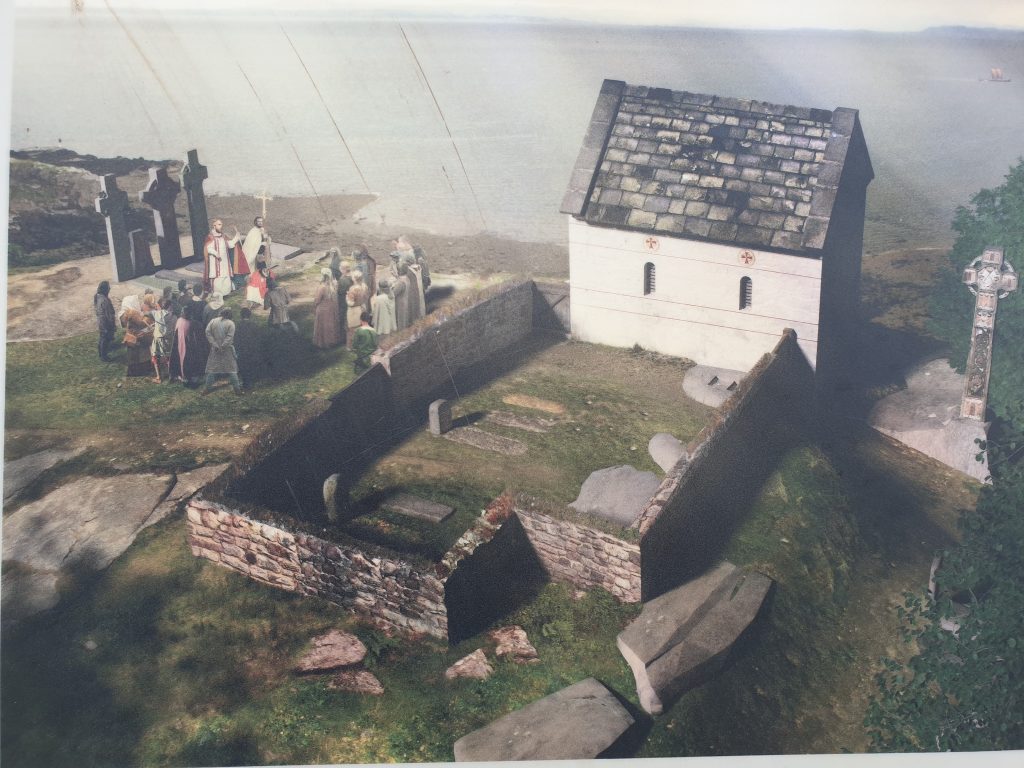
We should make every effort to visit the holy places associated with the Orthodox-Catholic saints of the British Isles, seeking their holy intercessions, and giving them the honour and veneration which is due to them, especially when these sacred places are so easily accessible to us.

One Response to "Holy Places for Coptic Christians – Heysham"